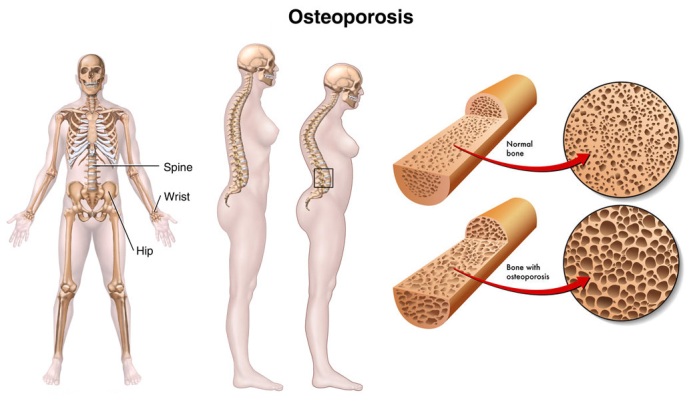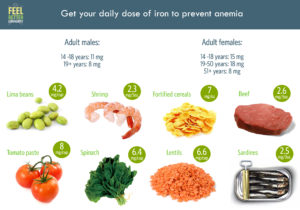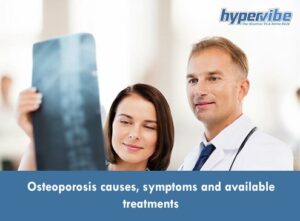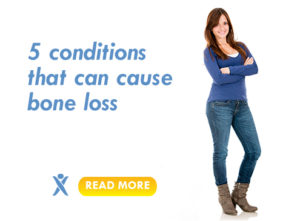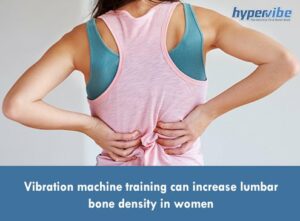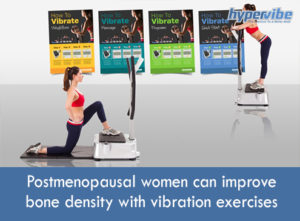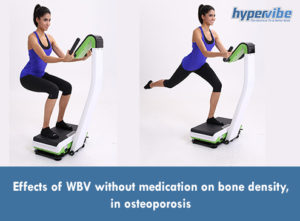Early Signs of Osteoporosis in Women
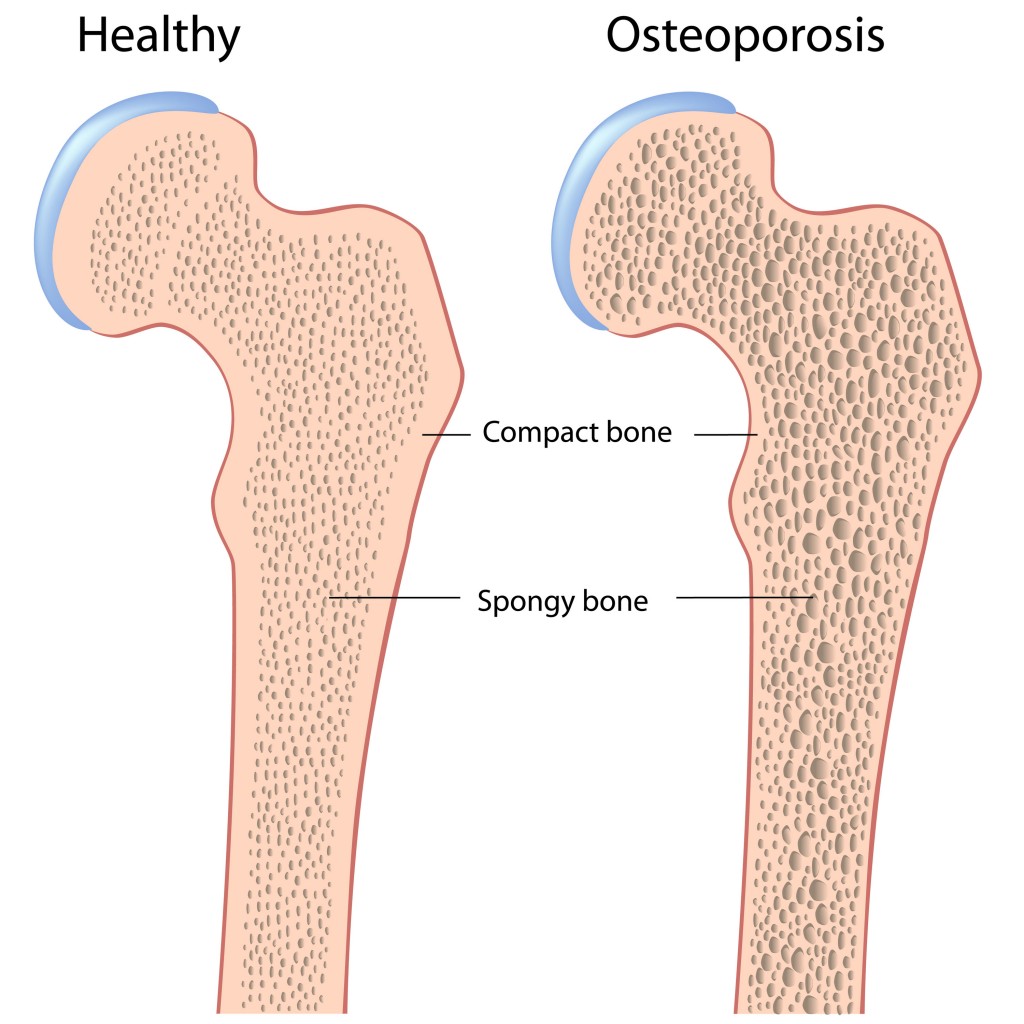
We’re well aware that osteoporosis is more likely to occur in people with calcium deficiency and postmenopausal women, but this condition doesn’t affect only women aged 50 or above, and it can be caused by several other factors besides low calcium levels.
Problem with osteoporosis is that, unless you undergo a bone mineral density test, you can’t really tell when the bone mass begins to decline. This ailment doesn’t come with visible signs, and in most cases, bone reabsorption silently advances inside the body, causing the weakening of bones and leading to bone fractures eventually.
Statistics show that a worrying number of osteoporosis sufferers find out about their condition after suffering a bone fracture, but there are a couple of symptoms that could prevent this from happening and indicate a higher risk for developing osteoporosis.
5 early signs of osteoporosis in women
Being a female, with a family history of osteoporosis, having a low body weight, an inactive lifestyle and a diet that lacks calcium and vitamin D can make you more prone to developing this condition. Also, smoking, drinking high amounts of alcohol, being at menopause and having a history of anorexia nervosa increase the risk of suffering from osteoporosis.
Knowing these potential causes and risk factors is surely useful for taking preventive measures, but even more helpful is learning about the early symptoms of osteoporosis, as this can lead to a timely diagnosis. Given below are 5 hidden signs of a decreasing bone density.
1. Weak and painful muscles
If you constantly experience muscle weakness, cramps and aches, you might be suffering from vitamin D deficiency. Vitamin D, along with calcium, are crucial for strong and healthy bones, but this micronutrient is also responsible for keeping the muscles healthy. When your diet lacks vitamin D, symptoms of nutritional deficiency can occur, and one of these symptoms is the frequent muscle cramps and the general weakness.
To prevent this, make sure to get enough vitamin D through daily exposure to sunlight and regular consumption of eggs, salmon, tuna, sardines, mushrooms, milk or other foods rich in vitamin D.
2. Decrease in height or changes in spine curvature
In theory, this symptom should be easier to observe, but the decrease in height isn’t usually that significant to be noticed by the sufferer. So although this sign can indicate the presence of osteoporosis, it’s usually neglected. However, it becomes more noticeable when associated with an increasing spine curvature, typically in the cervical and thoracic regions.
People with osteoporosis are more prone to break bones in the upper spine, and when these vertebrae break, they cause pain, a hunched posture and height loss.
3. Decreased overall fitness level
Osteoporosis sufferers tend to have a decreased physical fitness level, their muscle strength, aerobic capacity and balance being affected by the changes that take place inside the body as bones become weaker and bone mass is lost. If your overall fitness level has declined for no apparent reason, it could be useful to undergo a bone mineral density test.
Women with a sedentary lifestyle are more likely to have a poor overall fitness level, as physical exercises, through the stress and load they put on muscles and bones, stimulate the production of bone cells and reduce the risk of developing osteoporosis.
Moreover, regular exercises improve the aerobic capacity and contribute to a better posture and balance. With better support from the muscles and an adequate body posture, bones are protected against fractures in a more efficient manner.
4. Decreased grip strength
It’s not only the strength of muscles in the lower body that decreases in osteoporosis sufferers. Handgrip strength also tends to be lower in people dealing with this condition, due to the reduced bone mineral density. Although this symptom isn’t specific to osteoporosis, it’s still useful to keep it in mind and to schedule an appointment with your physician if you notice that your handgrip strength has decreased lately.
5. Irregular or missing periods
If your estrogen levels get lower than normal, your periods might become infrequent or even stop. Unfortunately, this hormone isn’t linked with the menstrual cycle only; it also contributes to bones’ health, and lower levels of estrogen can be an early sign of bone loss.
Although more difficult to avoid after a certain age, osteoporosis is preventable if precautions are taken in time. Maintaining a healthy diet, that provides adequate amounts of vitamin D and calcium, avoiding alcohol consumption and smoking, exercising on a regular basis and avoiding the excessive use or corticosteroids can lower the risk of developing this condition.
Do you know other early signs of osteoporosis, or have tips for preventing this condition? Join our Facebook community and share your thoughts with us!






